Dan Boul: You’ve Never Actually Heard That Amp
by Dan Boul
We all strive to sound like our favorite guitar players, which often means trying to emulate the sounds we hear on their records. I started playing guitar in 1977, when I was 12 years old, and from day one I was struggling to get the guitar sounds I heard on records by The Beatles, Jimi Hendrix, Led Zeppelin, Chuck Berry, and my other favorite artists. Try as I might, however, I never quite got them right. Why?
There are a number of important factors that are often overlooked in our calculus, as the challenge goes way beyond getting the same pieces of gear and attempting to play like our idols. For example, unless you’ve been directly involved in a major label recording it may surprise you how extensively the sound of a guitar amp is affected by the signal chain and the ways in which it is often manipulated by the recording engineer.
My first experience in a recording studio was in 1980. One of the house amps there was an early-’70s 100-watt Marshall Super Lead. I was 15 and it was my first time actually playing one of those amps firsthand. I had a little Marshall 50-watt combo so I thought I knew what to expect, but I was very wrong. Holy cow! The 100-watter was much louder, brighter, faster, cleaner, and way more obnoxious than my combo. To get that amp to distort the way I wanted it had to be turned up so loud that I could barely stand to be next to it. It was intimidating and difficult and honestly, I didn’t enjoy the experience at all. What an unfortunate surprise.
The point of that little tale is that the amp didn’t sound anything like all the great records that I knew were recorded using almost that exact same amp. The engineer charitably moved me into the control room so I could play and listen better. Suddenly, it sounded “right” and I was inspired to play. What I didn’t know was all the things that were affecting the sound by the time I was listening through small studio monitors. Here’s the short list in order: the room, microphone, preamp, compressor, EQ, lower volume, and the actual monitors.
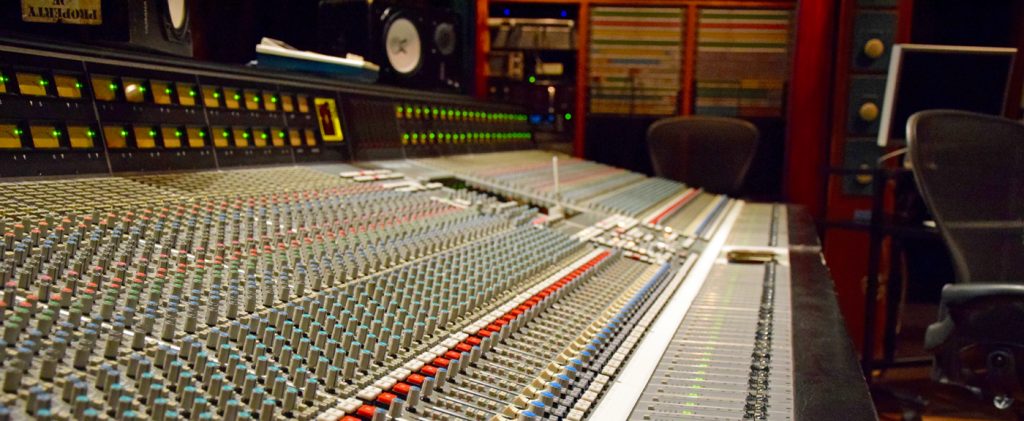
Let’s start with the room. Wow, can this make a huge difference. There are bright rooms, dark rooms, warm rooms, crisp rooms, boomy rooms, dead rooms, reverby rooms, etc. Each can have a profound effect on the sound of a recorded guitar amp.
Next, there’s the microphone. Again, the same exact rig recorded through different mics can sound extremely different. There are four basic categories of mics: dynamic, small-diaphragm condenser, large-diaphragm condenser, and ribbon, with dozens of great mics to choose from within each category. Plus, where you place whatever mic you choose can also make a huge difference. To complicate matters further, often engineers will mix different mic types to get a more robust sound, and there are endless possible combinations. In other words, mic choices and mic placement can introduce myriad variations in the ultimate sound.
Of course, no matter which microphone or microphones are chosen, and how they are placed, they are connected to mic preamps, which can also really affect the sound. For example, Neve preamps are widely used when recording guitar amps, as they tend to sound very smooth and elegant. Neve preamps are transformer-driven and transformers “color” the sound in a way that most people feel is pleasant and sweet. Specifically, transformers will smooth out the super-fast trebly attack of an amp like the 100-watt Marshall I mentioned, which make them a popular choice when recording amps of that ilk.
Compression, too, can dramatically impact the amp sound heard on a recording. In fact, many engineers believe that the art of recording lies in expert use of compression. Although there are numerous kinds of compressors, two are used on the vast majority of guitar recordings. The most famous is the tube-driven optical unit known as the LA-2A Leveling Amplifier. This is a smooth and warm compressor that is inherently very musical and makes almost anything sound sweeter. Second is the classic 1176 solid-state compressor. It’s a very popular and versatile compressor that is highly complementary to guitar tones.
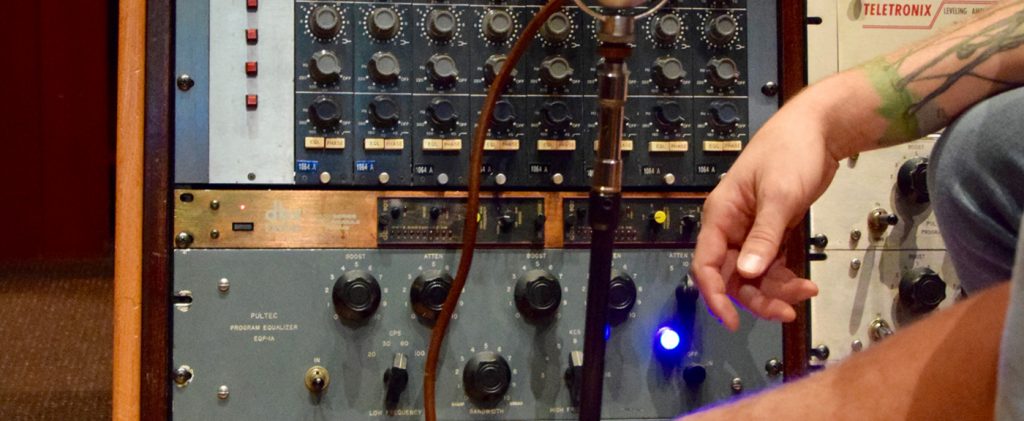
Then there is equalization. EQ can make a huge difference in sound and there are lots of different types of equalizers, some of which can really color the sound in specific ways. And even different models of EQ made by the same manufacturer can vary in sound quite a bit.
Finally, the monitors. I’m sure you’ve noticed that different kinds of speakers can drastically affect what you hear. Speaker materials, construction, cabinetry, components, etc., all change the sound. The variations here are endless and these alone could make my entire point.
In addition to the room, mic choices, and signal processing, the volume you are listening at is critical to what you are hearing. If you’re not familiar with the Fletcher Munson Curve, have a quick read here. Our brains are amazingly powerful and have many mechanisms built in that protect us from dangerously loud noises—and a cranked 100-watt Marshall certainly falls within the category of dangerously loud noises. In simple terms, the Fletcher Munson Curve illustrates a form of compression that naturally occurs in our brains. When we encounter loud noises in person, our brains will change the perception of that sound dramatically to protect us from damage. When you’re in front of a guitar amp, the Fletcher Munson Curve is in full effect. Yet when we listen to a recording at normal volumes, the “curve” is adjusting our perception very little if at all.
Let’s review: All of the above factors affect what you hear on a recording and none of them are the guitar and amp. Starting to get the picture? Recreating the sound you hear on a record can be extremely difficult even if you can play just like the person who made it.
Almost daily my phone rings and someone will ask “Which of your amps will make me sound like (insert artist or recording here)?” My answer is always “Any of them, but let me ask you a question, do you play like that person?” And the answer is always “No.” Okay, that’s 51% of recreating a sound on a recording and, as we’ve discussed, a significant part of the remaining 49% involves the other considerations that I just mentioned.
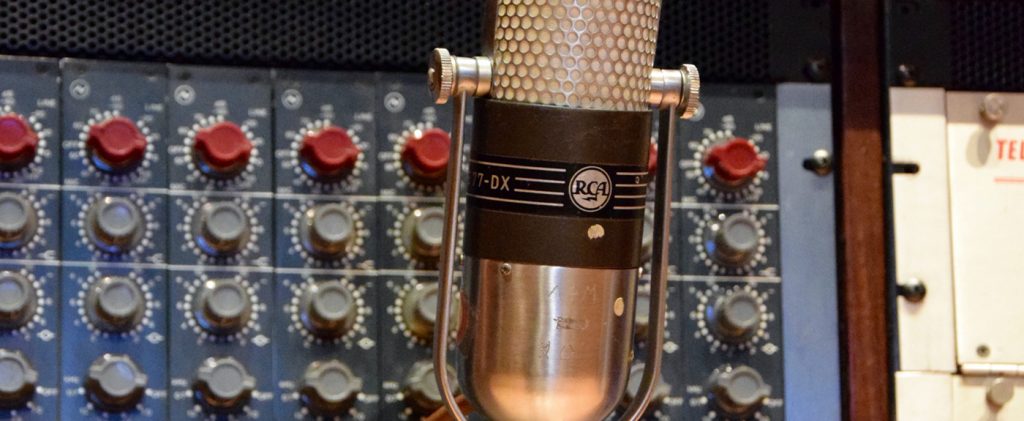
Considering these factors that would appear to dash all hope of getting your favorite sounds, let me give you some good news, or at least share a more positive perspective. It’s very possible to achieve sounds that are close enough to the original sound to make you smile. It’s not that difficult, but you do need to keep a few things in mind.
Let’s start with the likelihood that your amps and guitars have a broader tonal vocabulary than you are familiar with if you’ve been using them the same way for as long as you’ve owned them. Another very important factor is the guitar you’re playing. Modern guitars don’t really sound like vintage guitars. For one thing, the impedance of modern guitar pickups is usually much higher than what was standard half a century ago. The coveted PAF pickups found in 1959 Les Paul guitars typically measure about 6.5-7.5k, for example, whereas modern pickup impedances can go as high as 15k. Obviously, that difference alone can result in a drastically different sound.
If you can take the time to really explore all the controls on your amp—preferably while using different pickups and pickup combinations—you may find that there are a lot of very pleasing and vintage-correct sounds in there. But be ready to use some fairly unorthodox configurations, as a lot of old recordings were made with amps that were set up in very strange ways in order to get the sound to fit into the mix with other tracks.
Now, having said that at least 51% of any guitarist’s sound is in their hands and that you don’t have anyone else’s hands, remember that the converse is also true: no one else has your hands and no one else can recreate your particular sound. As much as you may want to emulate someone else’s sound, try putting at least that same amount of effort into creating your own. Hell, I wouldn’t just assume that Billy Gibbons, Jimmy Page, or Eddie Van Halen can still sound like they did decades ago, so it’s okay if you can’t sound like that either. You can still have lots of fun traveling down the path to great tone yourself. Have a blast being you!

Dan Boul is a Los Angeles-based guitarist, engineer, producer, amp designer, and consultant, as well as a co-founder of the premium boutique amplifier company 65amps.
Related posts
Leave a Reply
You must be logged in to post a comment.
By submitting your details you are giving Yamaha Guitar Group informed consent to send you a video series on the Line 6 HX Stomp. We will only send you relevant information. We will never sell your information to any third parties. You can, of course, unsubscribe at any time. View our full privacy policy

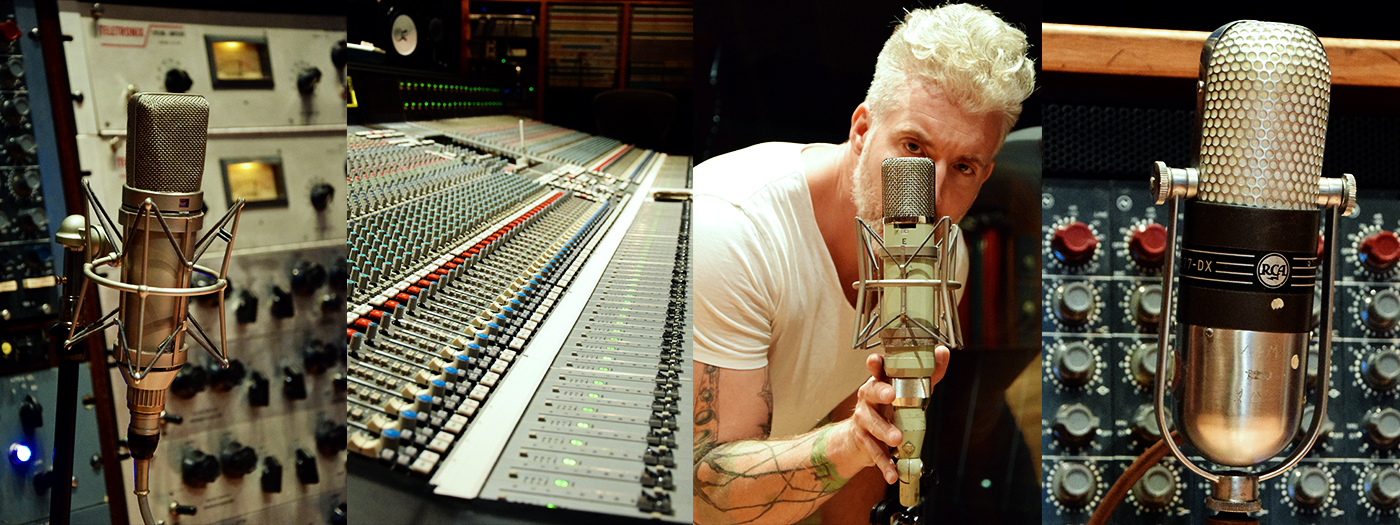


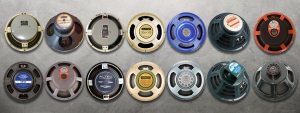
The first part of this article explains my dissatisfaction with most amps.